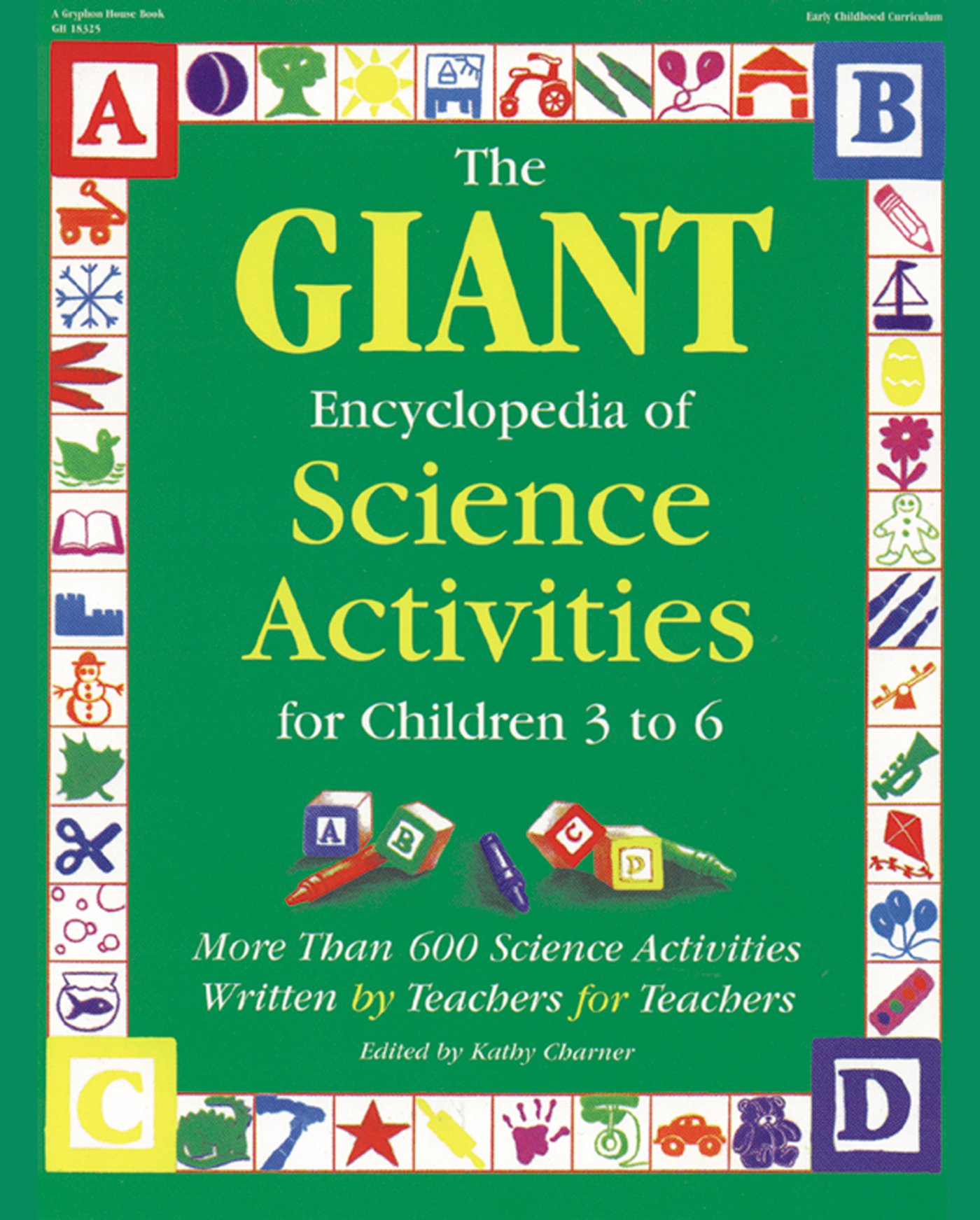Materials
Sink or tub Water3 plastic trays or containers Chart paper
Some small objects (blocks, nails, metal toys, Markerswood, nuts, etc.) Magazine pictures
Glue
Instructions
1. Fill tub with water. Arrange small objects on one tray. Label second tray "Sinkers" and thethird tray "Floaters."2. Invite children to work in pairs and test the items to see which ones sink and which onesfloat. After testing them, the children should set them on the appropriate tray.
3. Categorize sinkers and floaters by material (wood, metal, etc.) and make an experiment chart.
4. When the experiment is over, have children glue magazine pictures of different objects on chartpaper under headings of "Sinkers" and "Floaters." Ask them why they made their choices.More to doMore science: Observe what happens as the following dry items get wet or fill up with water inthe tub: sponge, cloth, plastic bag (sealed with air inside), Styrofoam cup, empty metal can,noodles, cotton balls, yarn, string, cardboard and various papers (toilet tissue, towels, drawingpaper). * Children fill four to eight baby food jars with different amounts of colored water. Olderchildren can measure certain amounts of water into each jar. Screw the tops on the jars andfloat them in the tub. Observe the differences in the jars.
